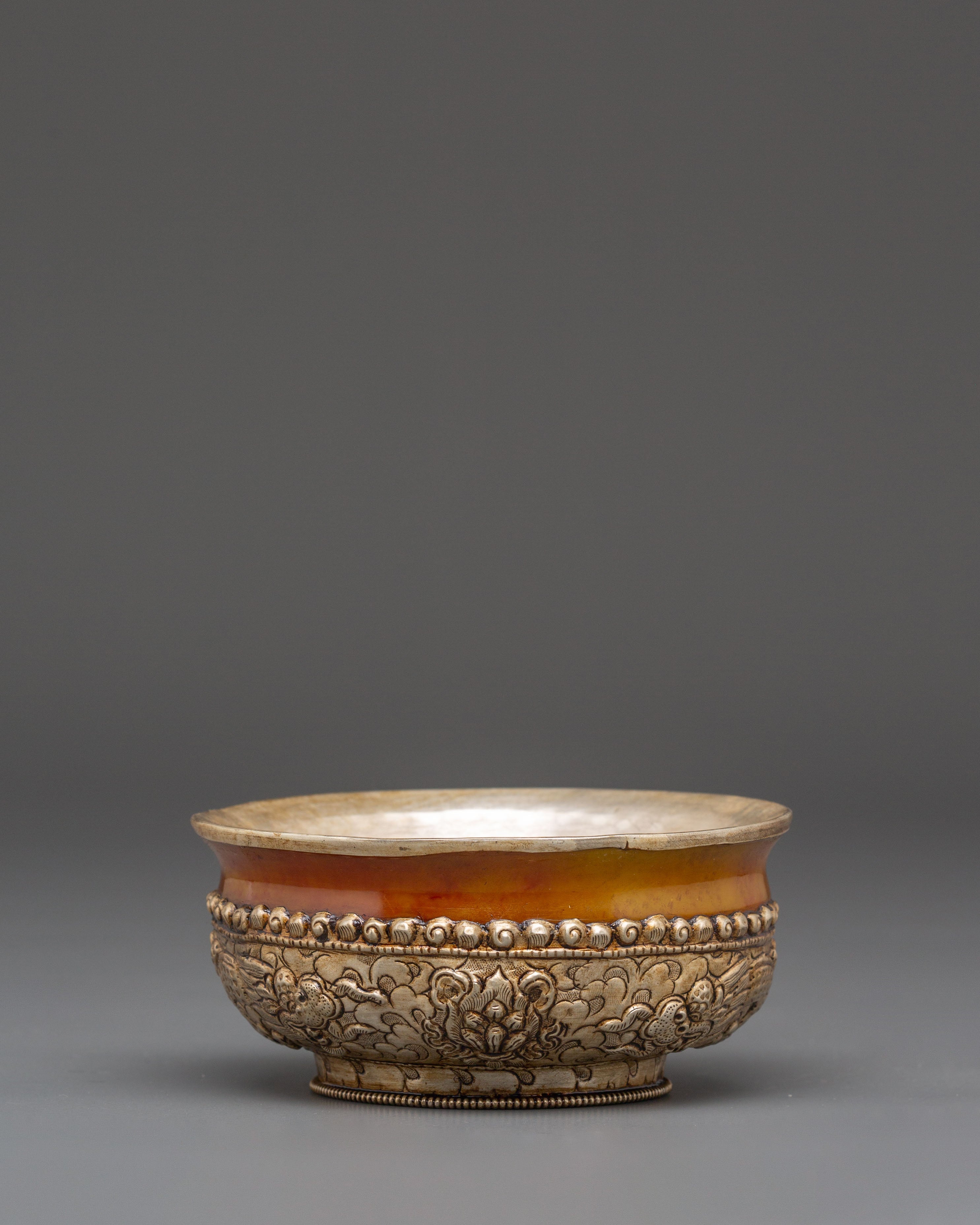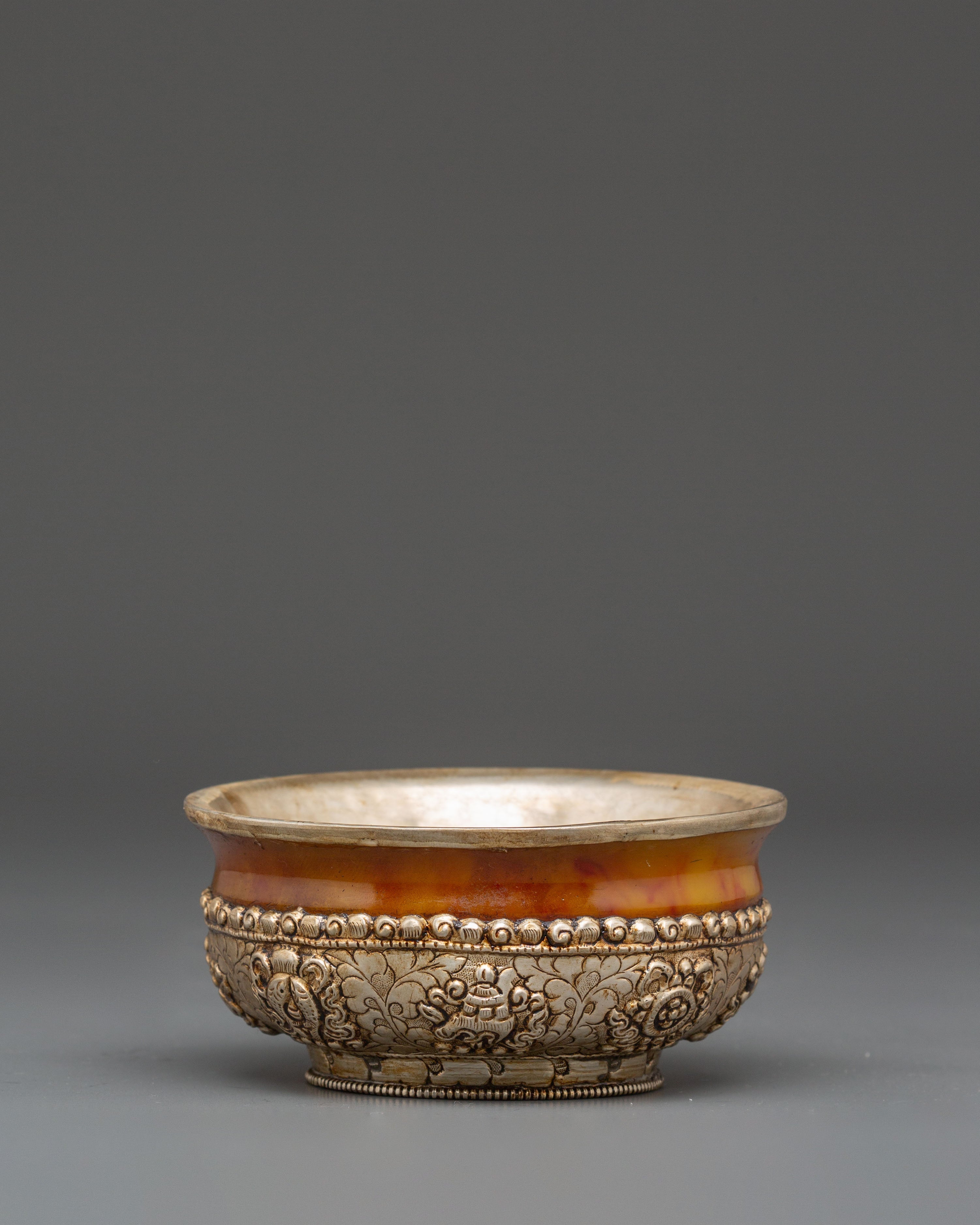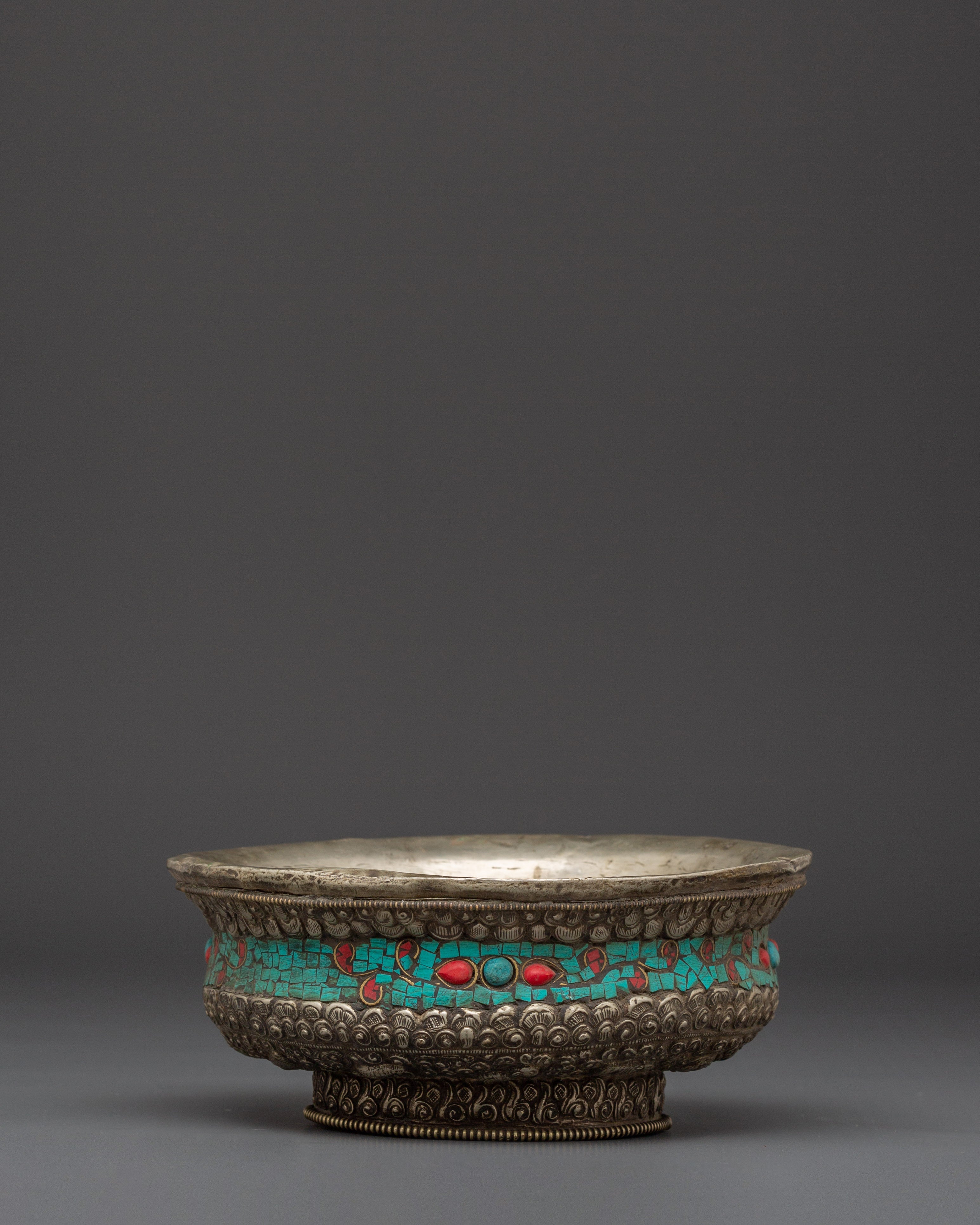Offering Bowls
146 products
Showing 1 - 24 of 146 products
Offering Bowls: Symbolic Offerings in Religious Practices
Offering bowls are utensils or containers that are used to provide symbolic offerings to gods, ancestors, or other esteemed entities in a variety of religious and spiritual traditions. These bowls, commonly filled with offerings like food, drink, flowers, incense, or other symbolic items, are an essential part of many cultures' and faiths' daily worship routines.
Components and Significance:
- Materials: Various materials, such as metal, wood, clay, or stone, can create offering bowls. The selection of content frequently has symbolic meaning. For instance, wooden bowls may signify a bond with nature, while metal bowls might represent durability and purity.
- Contents: Depending on the religious or cultural setting, offering bowls have different ranges. Water, grains, fruits, flowers, incense, and occasionally more sophisticated offerings like candies, jewels, or symbolic objects that symbolize riches and abundance are standard offerings.
- Symbolism: Presenting bowls to gods or ancestors is a way to express reverence, appreciation, and respect. Offerings signify the practitioner's sincerity and desire to develop good traits, blessings, and a peaceful relationship with the divine.
Religious and Cultural Use:
- Hinduism: Offering bowls, which are frequently made of brass or copper, are used in Hindu ceremonies and pujas (worship) to give various deities commodities, including water, milk, ghee (clarified butter), fruits, and incense. Alongside these offerings are mantras and prayers.
- Buddhism: During rituals, Buddhists present offerings to the Buddha, the Dharma (teachings), and the Sangha (spiritual community) using offering bowls, often constructed of metal or wood. Water is frequently provided as a sign of purity and the desire to pursue moral development.
- Tibetan Buddhism: Followers of this religion use sets of seven offering bowls, each containing a different offering, such as flowers, incense, food, music, light (butter lamps), water for drinking, or water for washing. These sacrifices are offered to several gods as well as the Three Jewels.
Offering bowls are also used in the rituals and ceremonies of the Bön tradition, an indigenous spiritual practice in Tibet. These bowls contain water, incense, and toasted barley flour (tsampa).
- Ancestral Worship: Offering bowls are employed in traditional worship in many cultures. To honor and remember their departed family members, families may lay food, fruits, or other offerings in bowls on ancestral altars.
- Taoism: Offering bowls is a common practice in Taoist rites and rituals. Tea, wine, rice, and other symbolic objects for prosperity, health, and longevity can all be offered.
- Blessings and Virtue: Offerings are thought to produce good karma, cleanse negative energy, and accrue merit. It is viewed as a means of developing virtues like appreciation and charity and a harmonious relationship with the Almighty.
To sum up, offering bowls is a prevalent and significant component of spiritual and religious rituals throughout various cultures. Through its rituals and rites, they provide practitioners with a concrete means of expressing their commitment, making symbolic offerings, and establishing a hallowed and respected environment.
























